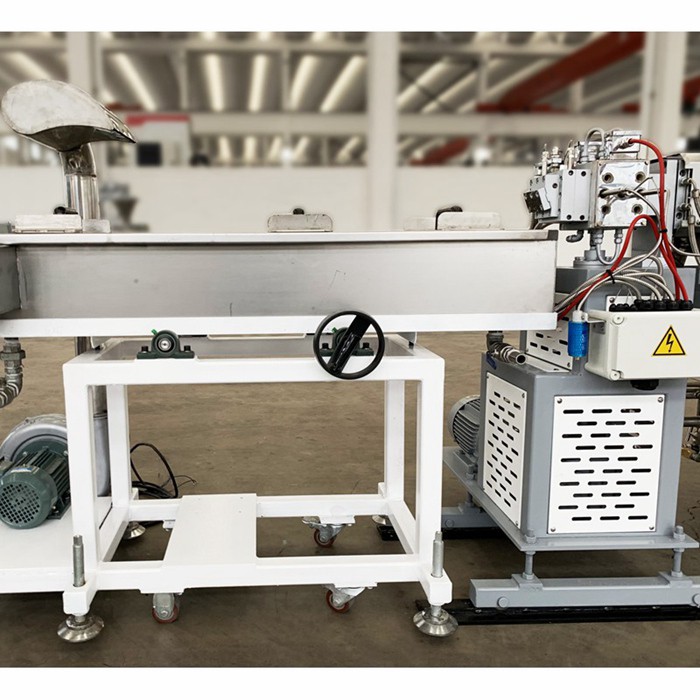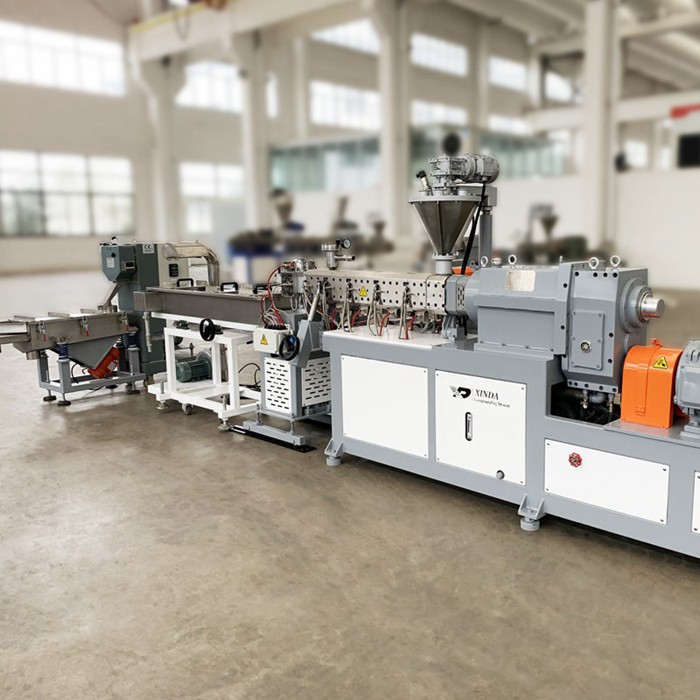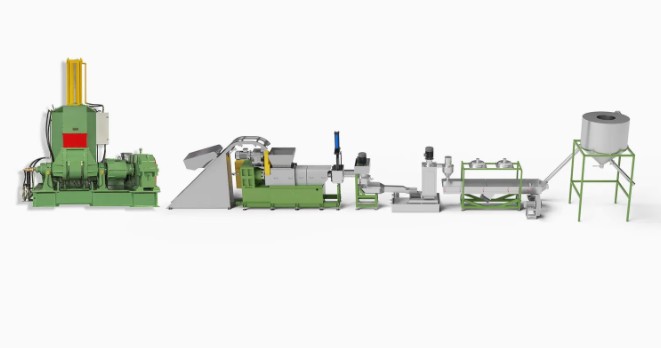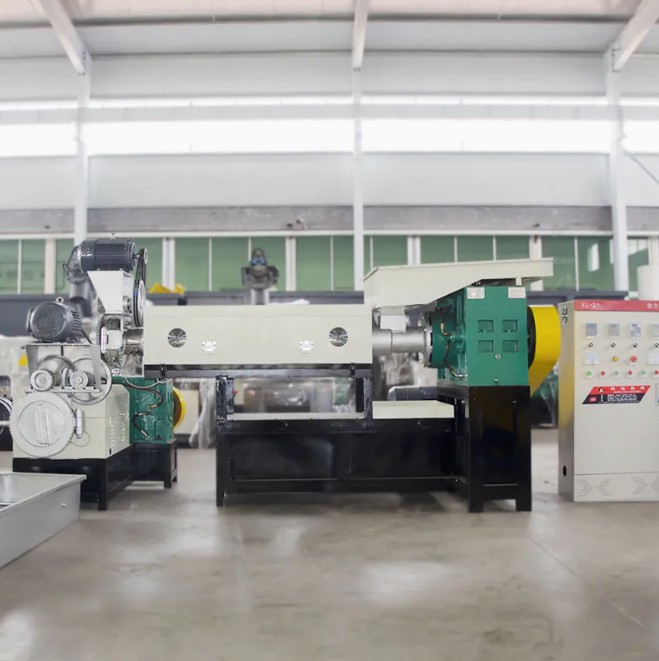Maximize Recycling ROI: High-Efficiency Plastic Crushing & Pelletizing Machine for Sustainable Production
Product description
A plastic crushing pellet machine is an industrial device designed to recycle plastic waste by first crushing it into smaller fragments and then processing it into uniform pellets or granules. This two-in-one system integrates a crusher and a pelletizer, streamlining the recycling process for efficiency. It handles a wide range of plastic materials, including rigid plastics (e.g., PVC pipes, automotive parts) and flexible plastics (e.g., films, bags), transforming them into reusable raw materials. These pellets are ideal for manufacturing new products, reducing environmental waste, and supporting circular economy initiatives.
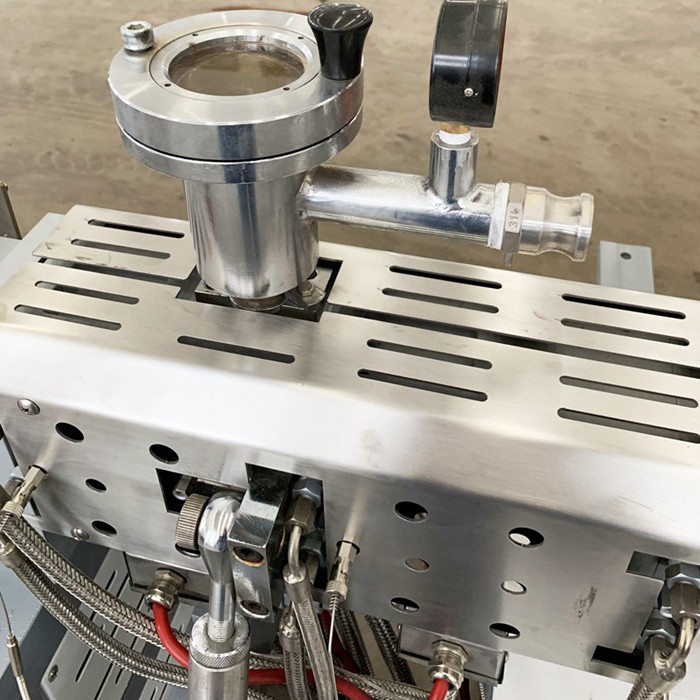
Key Features of Plastic Crushing Pellet Machines
Integrated Crushing and Pelletizing
Combine a high-speed crusher with a pelletizing unit to process plastic waste in a single workflow, minimizing downtime.
Robust Construction
Built with hardened steel blades, durable rollers, and corrosion-resistant components to handle abrasive materials and heavy-duty operations.
Adjustable Output Sizes
Customizable mesh screens (2–12 mm) control pellet size, catering to requirements for injection molding, extrusion, or 3D printing.
Energy Efficiency
Equipped with energy-saving motors and smart controls (e.g., variable frequency drives) to optimize power consumption.
Versatile Material Compatibility
Process diverse plastics, including PE, PP, PET, ABS, PS, and even mixed plastics (with pre-sorting).
Safety and Automation
Features emergency stop systems, overload protection, and automated feeding to ensure operator safety and consistent output.

Applications of Plastic Crushing Pellet Machines
These machines are widely used in industries that prioritize sustainability and resource efficiency:
Recycling Facilities: Convert post-consumer plastic waste (bottles, packaging) into pellets for resale.
Manufacturing Plants: Reuse production scraps (e.g., sprues, rejected parts) to reduce raw material costs.
E-Waste Recycling: Recover plastics from discarded electronics and appliances.
Agriculture: Recycle used mulch films, irrigation pipes, and silage bags.
Textile Industry: Process synthetic fiber waste into pellets for new fabric production.
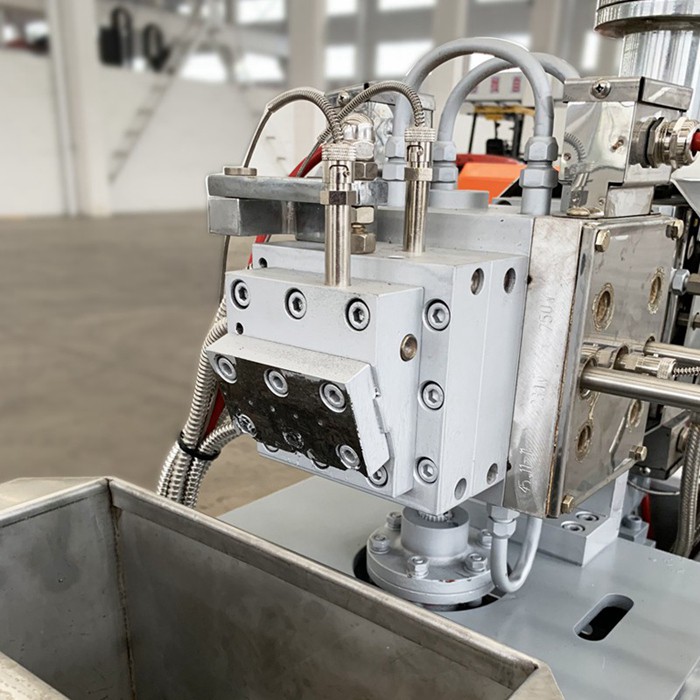
Q1: Can this machine process hard plastics like PVC or nylon?
A1: Yes, most models can handle rigid plastics such as PVC and nylon. However, extremely hard or heat-resistant materials may require specialized blades or slower processing speeds. Always check the machine’s specifications for material compatibility.
Q2: Is pre-washing necessary for dirty plastic waste?
A2: Yes. Contaminants like dirt, oil, or food residue can damage blades and reduce pellet quality. For heavily soiled plastics, use a washing line before crushing and pelletizing.
Q3: How often do blades need maintenance?
A3: Blade lifespan depends on material hardness and usage. Generally, inspect blades every 200–500 hours of operation. Dull blades should be sharpened or replaced to maintain efficiency.
Q4: What is the difference between a crushing pellet machine and a standard granulator?
A4: A crushing pellet machine combines crushing and pelletizing into one system, whereas a granulator typically only shreds materials into flakes. The integrated design saves time and space, ideal for continuous recycling workflows.
Q5: Can the machine produce food-grade pellets?
A5: Only if the input plastics are food-grade (e.g., clean PET bottles) and the machine is thoroughly sanitized. Cross-contamination from non-food-grade plastics must be avoided.
Recommended products
